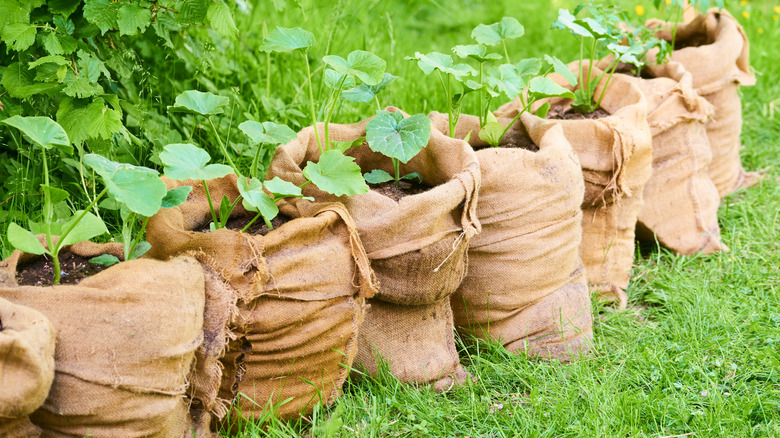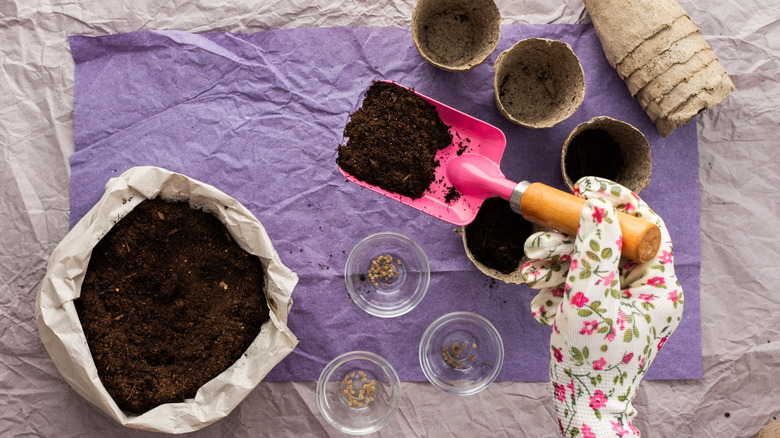What Size Grow Bag Should You Use For Tomatoes (And Other Key Tips)
There are lots of reasons why you should consider using grow bags for tomatoes. A fabric grow bag helps promote air pruning, which encourages a healthier root system when compared to plastic pots. Tomatoes do very well in these grow bags, but choosing the right size is important for a healthy plant. For most varieties, a 10-gallon bag or larger provides enough space for growth. Smaller varieties, like cherry tomatoes, may use 7-gallon bags, while large heirlooms need bags as large as 15 to 25 gallons to prevent the roots from crowding.
One frequent error many new gardeners make is underestimating a tomato's water needs. Fabric grow bags are excellent when it comes to drainage, which helps reduce the risk of root rot by waterlogged soil. However, they do dry out faster than traditional pots, so check your plants daily to make sure they are getting what they need. A good way to check moisture level is the finger test: Stick your finger in the soil about 2 inches deep to check for dryness, and water if necessary. Also, mulching the top layer with straw or shredded leaves helps retain moisture and regulate soil temperature.
How to maximize tomato health in grow bags
There are plenty of tips for growing the best tomatoes, but one of the most essential considerations is the dirt. Proper soil composition makes all the difference when growing tomatoes in fabric bags. A potting mix that drains well mixed with compost and organic matter helps provide a strong structure of nutrients for your plants. Strategic sun placement is also incredibly important, as strong tomato plants require at least six to eight hours of sunlight a day. One bonus of grow bags that have handles is they can be easily rotated or moved as needed.
Temperature regulation is also critical when working with tomatoes in grow bags, and the bag itself can help balance this. Light-colored grow bags reflect heat in warmer climates while wrapping your bag in burlap helps with insulation during the cooler seasons. Another issue that can arise with grow bags is skipping support structures. Most tomato plants benefit from traditional cages or stakes to keep the stems from collapsing.
Tomato plants can be tricky, so be sure to always check your tomato leaves to catch any specific signs of damage or nutrient issues. A yellowing of the leaf could mean it's lacking nitrogen, while reddish-purple leaves indicate a phosphorus deficiency. Either way, getting a soil test and following package instructions for any fertilizers you use is always recommended. In the end, grow bags are an effective way to take care of your tomato plants, and you can easily clean and reuse grow bags, helping to save on repeated costs.

